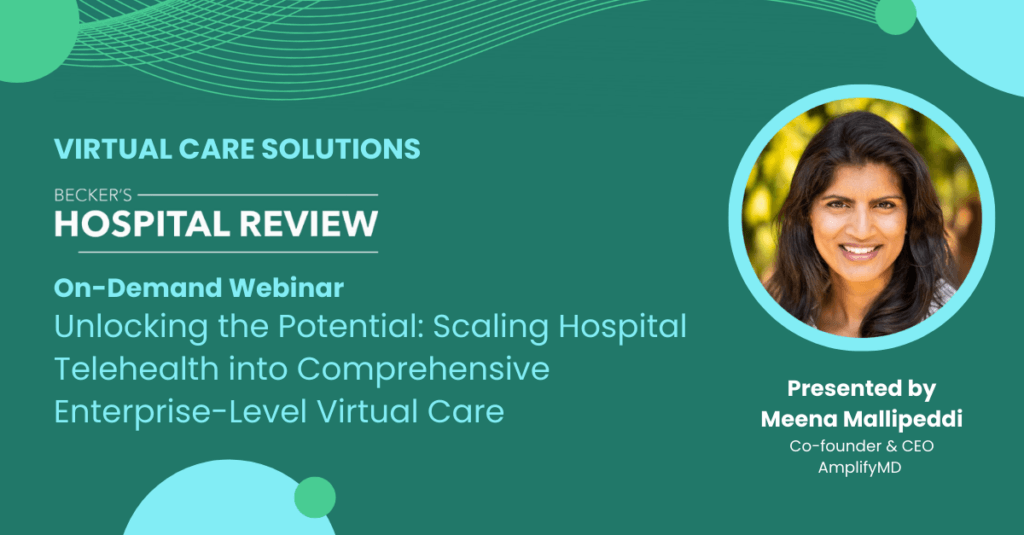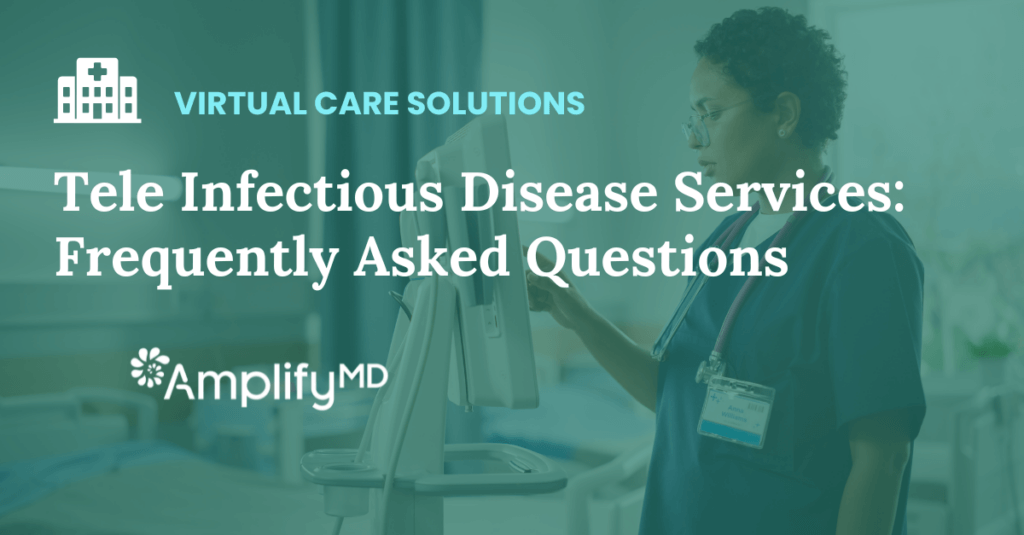Hospitals across the U.S. are under pressure to do more with less—especially when it comes to specialist access, workforce constraints, and operational costs. Virtual care platforms are no longer optional. They’ve become critical to improving hospital efficiency, reducing consult delays, and optimizing care delivery across every department.
In 2025, hospitals are adopting smarter, more flexible virtual care platforms that offer greater integration, faster response times, and expanded specialty services. From EHR interoperability to scalable staffing models, here are five ways virtual care platforms are transforming hospital operations this year.
1. Seamless integration with current hospital technology
Virtual care platforms are achieving deeper integration with hospital systems, including electronic health records (EHRs) and order entry systems. By enabling real-time data sharing, these platforms reduce administrative burden, improve documentation accuracy, and increase provider productivity.
Today’s physicians face significant challenges managing clinical documentation:
- 16 minutes are spent on EHR documentation per patient visit
- 11% of providers complete EHR-related documentation after work hours1
By integrating directly with hospital systems, virtual care platforms help reduce this burden—streamlining workflows, eliminating duplication, and allowing clinicians to spend more time delivering care.
2. Expansion of specialized virtual care services
Virtual care platforms are expanding beyond primary and urgent care, offering subspecialty services like TeleEndocrinology, TeleNeurology, and TelePsychiatry to help hospitals meet growing specialty care demands. This shift allows facilities to extend their capabilities, reduce delays, and ensure patients receive timely, targeted support when in-person specialty care is not available.
Why this matters:
- 50% of US hospitals are missing 3+ specialties
- Filling open positions can take 8-18 months
- 90% of hospitals use locums, which cost 2 – 3x more than permanent staff
- 66% of hospitals say they aren’t running at full capacity due to physician shortages2
The rise of specialized virtual care allows hospitals to expand specialty care without hiring on-site providers.
3. AI-Enhanced Clinical Workflows
Artificial intelligence (AI) is revolutionizing virtual care platforms by optimizing clinical workflows and reducing administrative burdens. AI-powered tools, such as automated clinical data curation and integrated decision-making support, allow hospitals to improve efficiency without compromising quality.
By streamlining documentation, surfacing relevant patient history, and providing data-driven clinical insights, AI enables providers to make faster, more informed decisions. These enhancements reduce physician workload, minimize errors, and improve coordination between virtual and onsite teams, making care delivery more seamless and effective.
AI-driven automation also improves patient triage and care coordination. Studies indicate that AI-assisted clinical workflows can reduce diagnosis time, improve care quality, and lower costs3. Virtual care platforms leveraging AI for clinical decision-making and documentation help remote specialists work more productively, creating more time for direct patient care.
4. Device-Agnostic Virtual Care
Flexibility in virtual care technology is becoming increasingly important, and modern platforms are now designed to be fully functional on any device. Hardware-agnostic solutions allow hospitals to deploy virtual care without costly infrastructure investments, ensuring ease of access for both providers and patients.
Nearly half of clinicians use a combination of computers, tablets, and smartphones in their daily practice—highlighting the importance of virtual care platforms that work seamlessly across every touchpoint4.
This approach also ensures long-term adaptability, allowing hospitals to scale their programs without concerns over hardware limitations or proprietary systems.
5. Flexible and Scalable Staffing Models
Fluctuating patient volumes and workforce shortages require hospitals to adopt flexible staffing solutions. Virtual care platforms enable dynamic staffing models, allowing hospitals to scale resources as needed without compromising care quality.
By connecting hospitals with a network of specialists on demand, these platforms reduce reliance on locum tenens providers and help fill critical coverage gaps. Additionally, virtual care supports hybrid work models that improve clinician satisfaction by offering greater flexibility. Hospitals leveraging these scalable staffing options can optimize resource allocation, reduce costs, and maintain high levels of care delivery, even during periods of high demand.
Hospitals that utilize scalable virtual care models can reduce dependence on locums, which can cost 2 – 3x more than permanent solutions.5 By integrating these strategies, hospitals can create a more sustainable workforce model that balances coverage with cost efficiency.
Conclusion
The evolution of virtual care platforms in 2025 underscores their critical role in transforming healthcare delivery. From seamless EHR integration to AI-enhanced workflows and flexible staffing models, these advancements are helping hospitals address ongoing challenges while improving patient outcomes.
By adopting these innovations, healthcare providers can optimize operations, reduce costs, and deliver better care to their communities. Staying ahead of these trends will enable hospitals to navigate the dynamic demands of modern healthcare with confidence.










